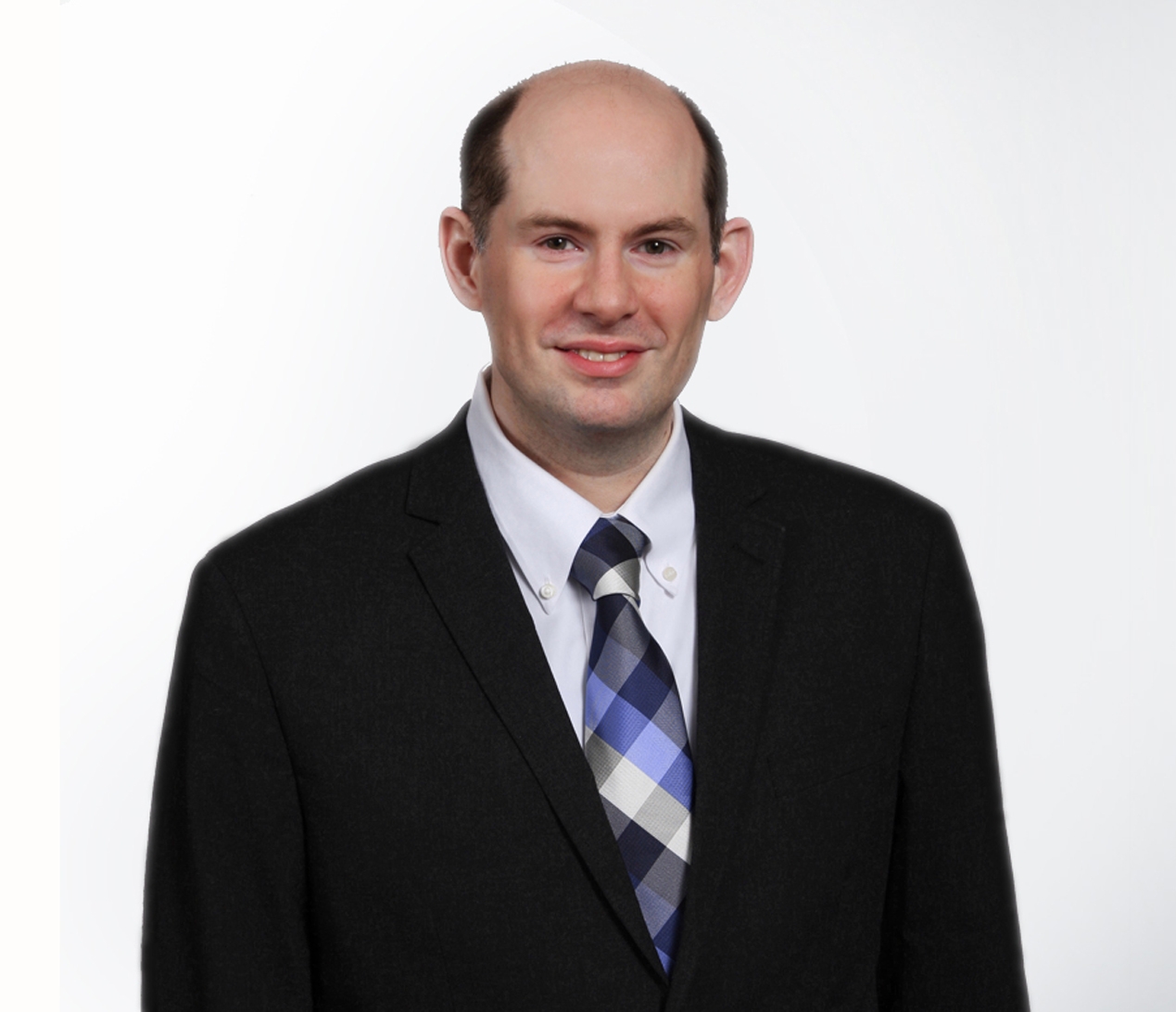


Jonathan Insler besitzt umfangreiche Erfahrung in der experimentellen Teilchenphysik mit Fokus auf Neutrino-Oszillationen und D-Mesonen. Er betreute als stellvertretender Koordinator beim Deep Underground Neutrino Experiment (DUNE) im Fermi National Accelerator Laboratory die Inbetriebnahme und den laufenden Betrieb des 35t-Prototyp-Flüssig-Argon-Detektors, um speziell das Leistungsverhalten des 35t-Prototyp-Silizium-Photomultiplier-basierten Strahlungsdetektors quantitativ zu bestimmen. Darüber hinaus besitzt Herr Insler Fachwissen in der Anwendung der Monte-Carlo-Simulation sowie der Analyse großer Datenmengen.
Jonathan Insler arbeitete als Postdoktorand und wissenschaftlicher Mitarbeiter an der Drexel University im Fachbereich Physik in Zusammenarbeit mit DUNE und Precision Reactor Oscillation and Spectrum (PROSPECT). Als Lehrbeauftragter an der Rowan University, New Jersey, lehrte Jonathan Insler zum Thema "Einleitung in die rechnergestützte Mechanik." (OV: Calculus-based introductory mechanics.) Er arbeitete ebenfalls als Postdoktorand für die Louisiana State University in Baton Rouge an den Kooperationen von T2K und DUNE. Seine Dissertation schrieb er über "Ausgewählte semileptonische Verzweigungsfraktionsmessungen von Ds-Meson-Zerfällen im Rahmen der CLEO-Kooperation." (OV: The measurement of exclusive semileptonic branching fractions of Ds meson decays as part of the CLEO collaboration.)
Jonathan Insler erhielt 2003 an der Cornell University, New York, den Bachelor of Arts in den Fachbereichen Physik und Mathematik. 2005 absolvierte Herr Insler den Master of Arts in Physik an der Universität Rochester, New York, und promovierte dort als Ph.D. 2011 in experimenteller Teilchenphysik.
Dr. Jonathan Insler besitzt die Zulassung für das US Patent- und Markenamt.
Herr Insler ist Mitglied der American Physical Society.
Ausgewählte Neuerscheinungen: J. Ashenfelter et al. (PROSPECT Collaboration), “First search for short-baseline neutrino oscillations at HFIR with PROSPECT.” arXiv:1806.02784 [hep-ex].
J. Ashenfelter et al. (PROSPECT Collaboration), “Performance of a segmented 6Li-loaded liquid scintillator detector for the PROSPECT experiment.”arXiv:1805.09245 [physics.ins-det]. JINST 13 (2018) no.06, P06023.
D.L. Adams et al. (DUNE Collaboration), “Photon detector system timing performance in the DUNE 35-ton prototype liquid argon time projection chamber.” arXiv:1803.06379 [physics.ins-det]. JINST 13 (2018) no.06, P06022.
K. Abe et al. (T2K Collaboration), “First measurement of the νμ charged-current cross section on a water target without pions in the final state.” arXiv:1708.06771 [hep-ex]. Phys.Rev. D97 (2018) no.1, 012001.
K. Abe et al. (T2K Collaboration), “Measurement of neutrino and antineutrino oscillations by the T2K experiment including a new additional sample of νe interactions at the far detector.” arXiv:1707.01048 [hep-ex]. Phys.Rev. D96 (2017) no.9, 092006.
B. Abi et al. (DUNE Collaboration), “The Single-Phase ProtoDUNE Technical Design Report,” arXiv:1706.07081 [physics.ins-det].
Invited talks:
Lake Louise Winter Institute, 2/23/2017, Chateau Lake Louise, Alberta, Canada. “Status of DUNE”.
Experimental Particle Physics Seminar, 9/20/2016, University of Pennsylvania, Philadelphia, PA. “Results from the DUNE 35-ton Prototype Detector.” International Workshop for the Next Generation Nucleon Decay and Neutrino Detector (NNN15), 10/28/2015, Stony Brook University, Stony Brook, NY. “DUNE Single Phase Liquid Argon TPC prototyping at CERN and Fermilab.”